I am building a very exciting project, and I am creating this post to get new, fresh and crazier ideas.
I have a big wall, and I am shooting at it. I need to calculate the exact X and Y coordinates where the projectile impacts.
There are several challenges:
- Not all bullets have the same mass or speed.
- I may be using more than one gun, so two bullets may hit at a closer interval.
- I may play a video on the wall, so a kinnect reading wholes may get confused.
- If possible, I don't want to add any enhancements to the guns or bullets.
- I may not have full control over the type of wall; regular bricks and paint is preferred.
With all that said, I am fully opened to options. The former are not constrains and I am willing to change the approach and start from scratch.
My approach so far is setting up three motion sensors and triangulating the position based on the impact wave. So far it have been inaccurate and needing lots of tune-up.
If you want to improve my approach suggesting a sensor or software that I may be missing, please be welcome, but as I said, I am willing to start it over.
This project will be completed, so if your solution is great, you will contribute to something very cool, and I can send you a picture of it or even invite you to shoot with me ;-)
